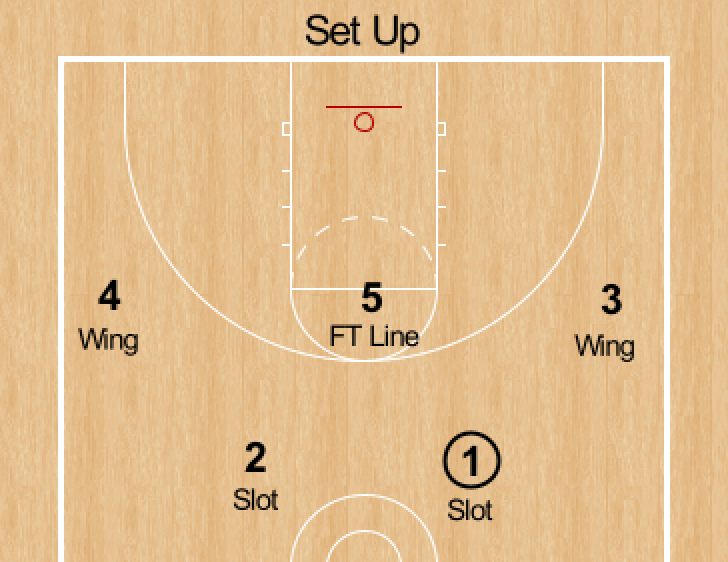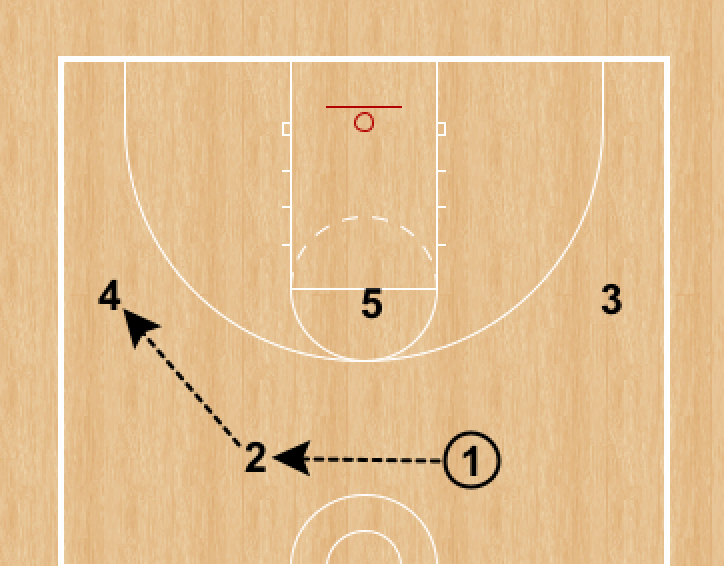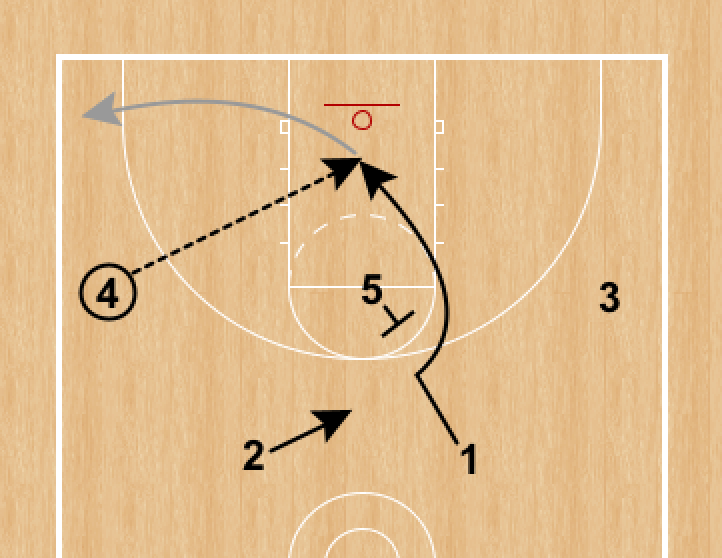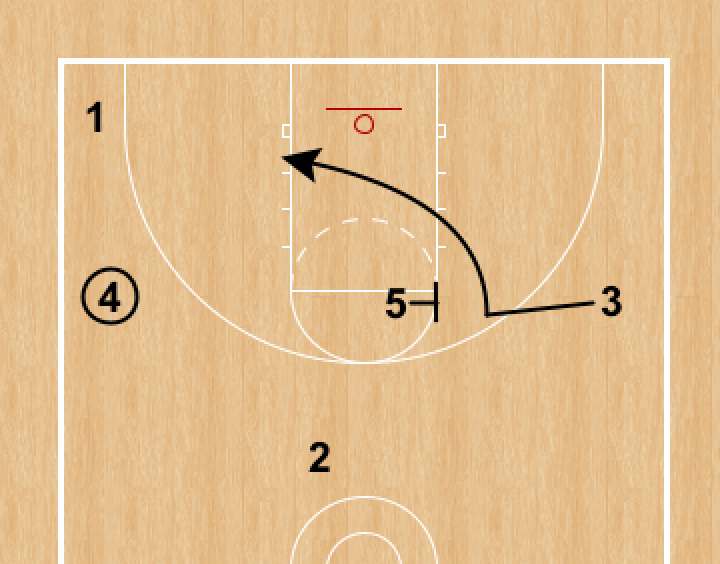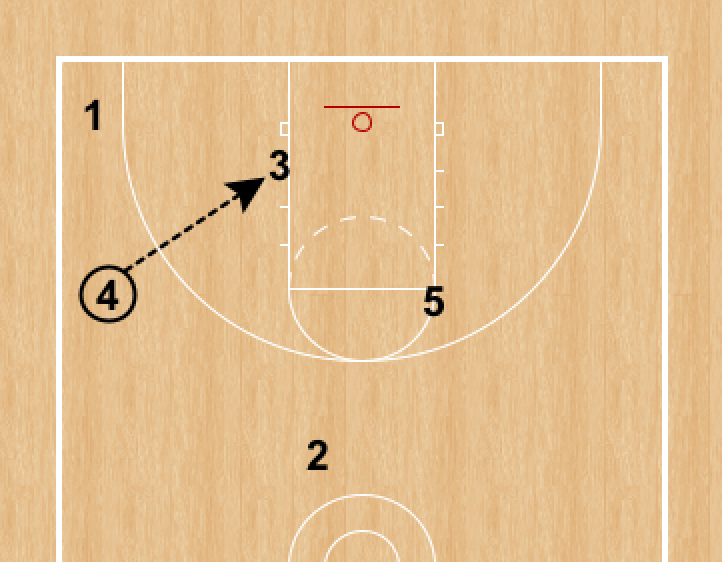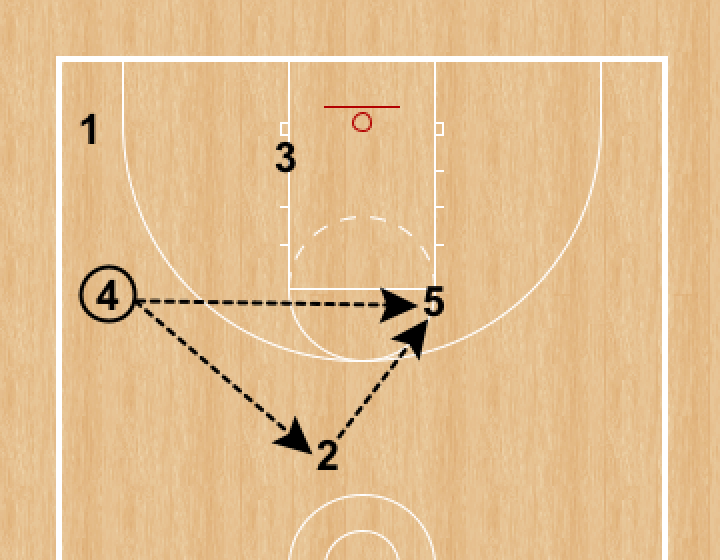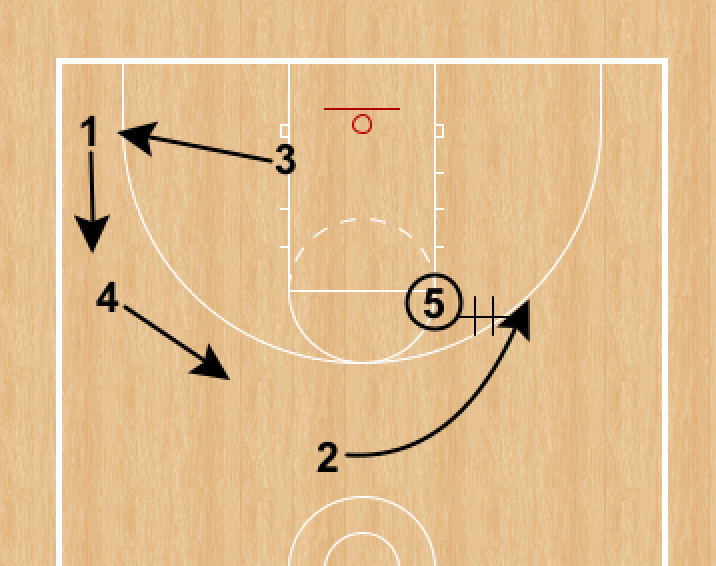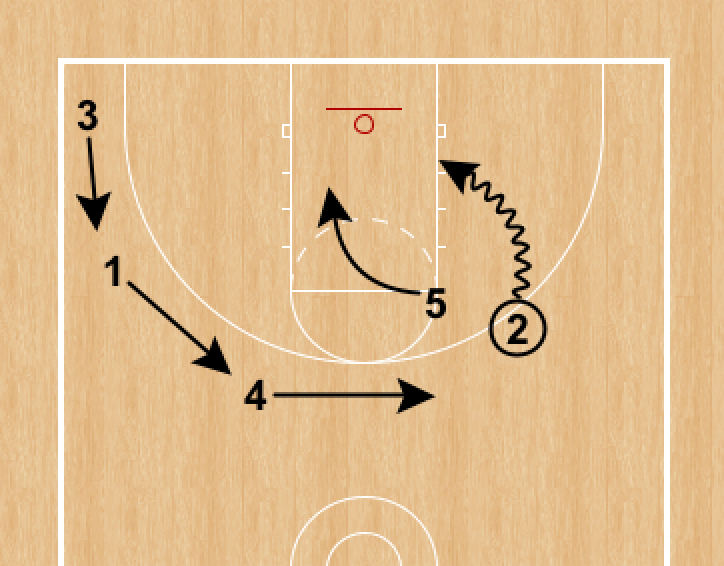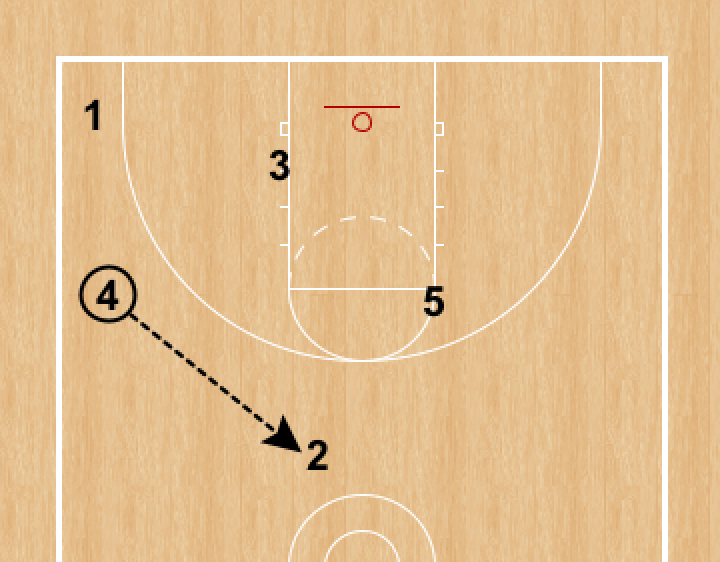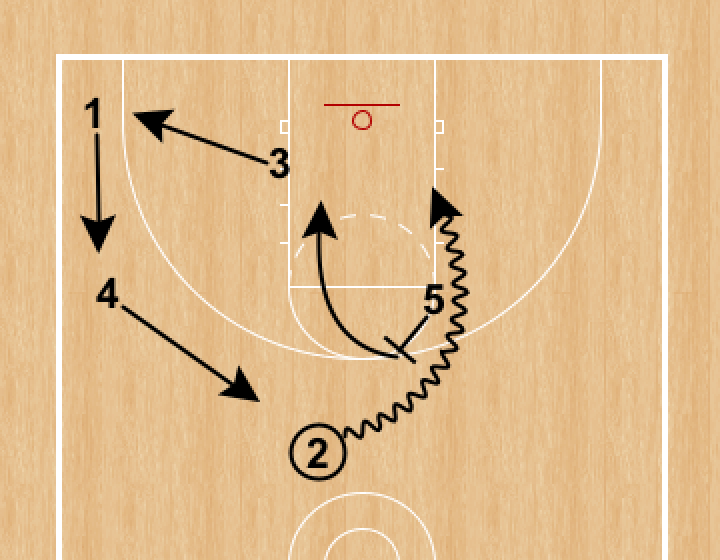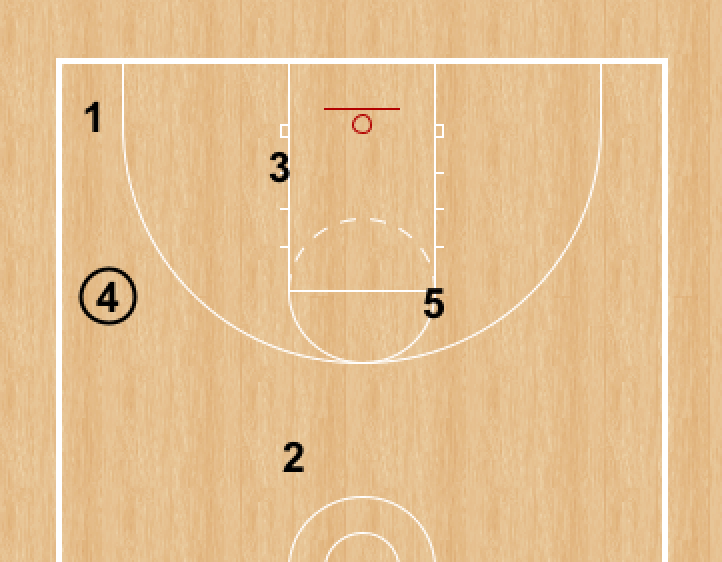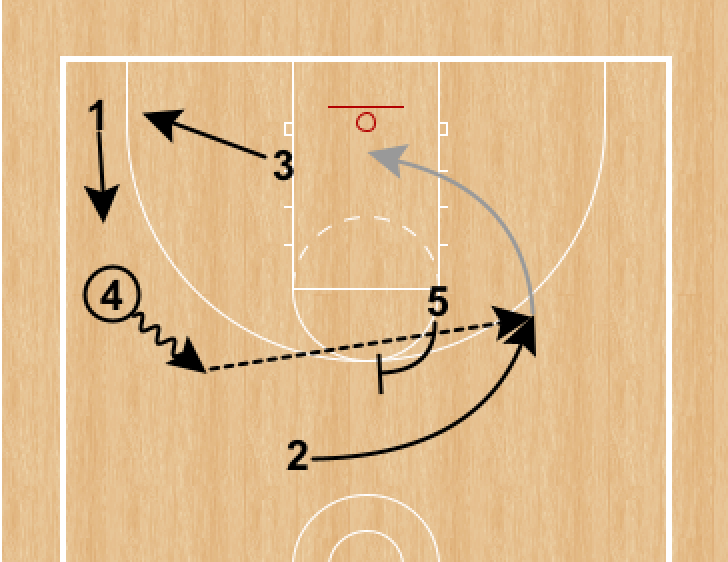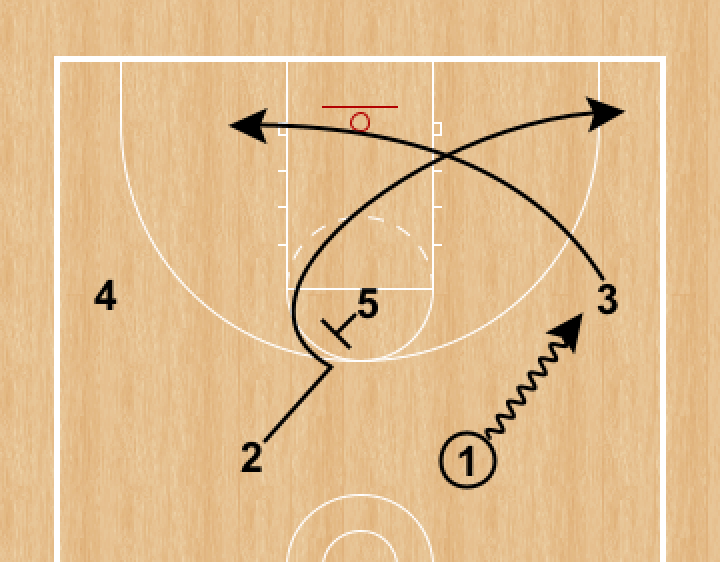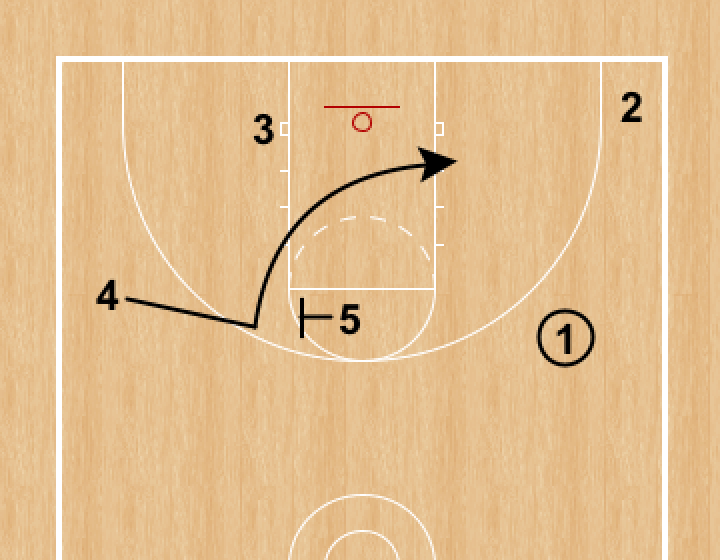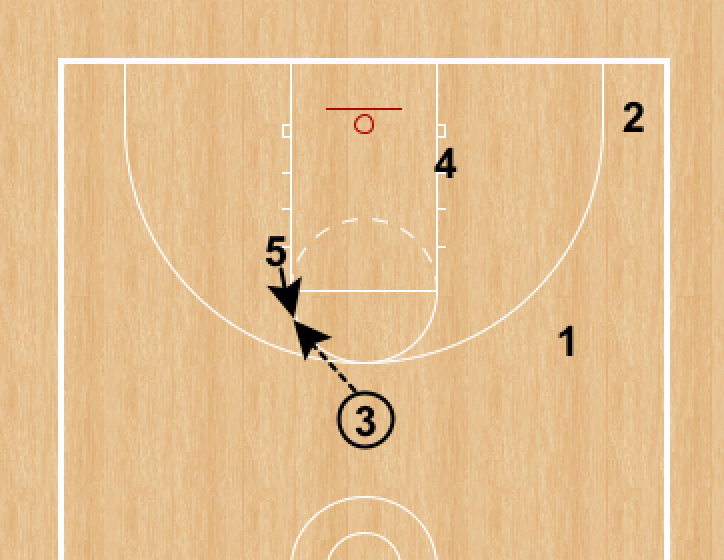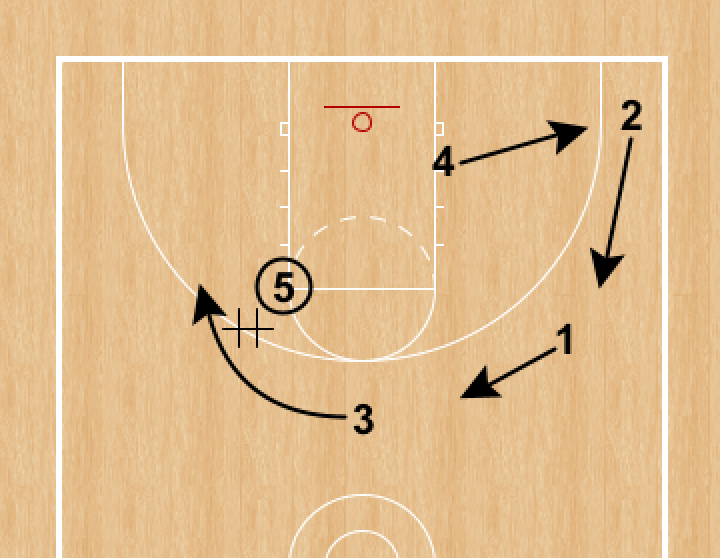Brad Underwood’s Spread Offense
What is the spread offense?
The spread offense goes back many decades, and is often credited to legendary coach Johnny Orr, who most famously coached Michigan and Iowa State across four decades. Despite being created decades ago, the offense is still used at the power five level today, most famously by University of Illinois head coach, Brad Underwood.
While Dana Altman of Oregon and Oklahoma State’s Mike Boynton also run their own versions of the spread offense, Underwood is the first high-major coach that comes to mind when you think of the spread offense. Seeing as how he has used the offense extensively throughout his coaching career, including stops at Stephen F. Austin and Oklahoma State prior to Illinois. Altman, who ran the spread offense exclusively while at Creighton, was even quoted saying, “Brad Underwood probably runs the spread better than anyone, including us.”
In this breakdown, we will take a look at the basic actions the spread offense utilizes to create easy looks and advantages, while also seeing how it can be run as a continuity offense.
spread offense Set Up:
In the spread offense, there are four perimeter positions typically occupied by the 1-4 players, with these positions being interchangeable. The perimeter players filling the slots are a little wider than elbow extended, and the players filling the wings are free throw line extended. The 5-man positions himself in the middle of the free throw line to start.
Despite its’ name, the spread offense actually utilizes high and tight spacing, allowing for an open lane and empty corners. This is important as it allows space for the offense’s initial actions, the 1st and 2nd cut.
1st Cut:
The action starts with the ball being reversed from slot-to-slot (1 to 2) and then entered to the wing (4).
As the pass to the wing is made, 5 steps up to set a back screen for 1 to cut to the rim. This is known as the “1st cut” within the spread offense, and it is the first scoring option available. If 1 does not receive the pass on his cut, he will continue through to the strong side corner.
2nd Cut:
If the 1st cut is not open and 1 cuts through to the strong side corner, 5 would turn and set a cross screen for the weak side wing (3).
There are a number of different reads 3 can make when coming off the cross screen from 5, but in Underwood’s version of the Spread this player almost always rejects the screen and cuts to the strong side block looking for the ball. If 3 does not receive the initial pass from 4 on his cut, he can look to post up his defender, especially if he has the size advantage.
This is known as the “2nd cut” within the Spread offense and it forms a strong side triangle between 1, 3 and 4.
Pinch Post:
If the 1st and 2nd cuts are not open, Underwood likes to flow into what is commonly known as “pinch post.” This action is triggered when the ball is reversed to 5 at the weak side elbow—the wing (4) can skip the ball directly to 5, or he can swing the ball to the player in the slot (2) who can swing the ball to 5.
Once 5 receives the pass at the weak side elbow, a 2-man game is triggered between 5 and the player in the slot (2). More often than not, 2 will sprint to receive a hand off from 5 at the elbow before looking to turn the corner and get downhill. After handing the ball off, 5 would roll hard down the middle of the lane to the rim and the off ball players rotate to fill behind 2’s drive.
Elbow Pick & Roll:
Brad Underwood’s teams will also flow into an elbow pick & roll action out of their spread offense, and this action can be triggered by a call or a read.
For example, if the ball is reversed to the top of the key after the initial cuts, but the player at the top of the key is unable to enter it to 5 at the elbow to initiate pinch post, Underwood’s teams will automatically flow into the elbow pick & roll action.
Push Flare:
Another option in the spread offense is the “push flare” action, which Underwood’s teams flow into when the wing player (4) is unable to reverse the ball to the top of the key or initiate pinch post by skipping it directly to 5 on the weak side elbow.
The flare itself is triggered by the wing player dribbling at the player at the top of the key (push). At which point, the 5 player will step up from the weak side elbow to set a flare screen for the player at the top of the key. The first option is to hit the player flaring for an open three. However, if that is not there Underwood’s teams flow into middle ball screen.
spread offense Continuity:
Not only can the spread offense be run as a continuity, it is far more effective when done so and after 1-2 ball reversals. Underwood, more than any coach, loves to run the spread as a continuity and preaches multiple ball reversals as a key to the offense. Whereas, Oregon’s Dana Altman and Oklahoma State’s Mike Boynton will use the spread as an initial, one-time action before flowing into some type of ball screen action.
Dribble Entry:
One concept defenses will use to try and disrupt the offense is denying the wing entry, since this typically triggers the entire offense.
However, Underwood is on record stating “there is nothing the defense can do to disrupt this offense” meaning for each defensive tactic or concept, there is a counter available within the spread offense. In the case of the the wing entry being denied, the counter is “dribble entry.”
Dribble entry allows Underwood’s teams to neutralize the wing denial, and still initiate the offense just the same.
If the wing entry is denied, the ball handler in the slot (1) will dribble at 3 on the wing. This triggers a cut from 3 through to the weak side dunker spot.
As this is happening, the “1st cut” occurs by 5 stepping up to set a back screen for the player in the weak side slot (2). If the 1st cut is not open, 2 continues through to the strong side corner and the “2nd cut” then happens with 5 cross screening for 4.
If the 2nd cut is not open, 5 will then turn and set a pin down for 3 to sprint to the top of the key for a potential catch & shoot opportunity.
If 3 receives the pass and does not have an initial shot or drive, he can pass the ball to 5 at the elbow to trigger “pinch post” action. After entering the ball to 5, 3 would sprint to receive the hand off from 5, looking to turn the corner and get downhill. After handing the ball off, 5 would roll down the middle of the lane to the rim and the remaining players would rotate to fill behind 3’s drive.

